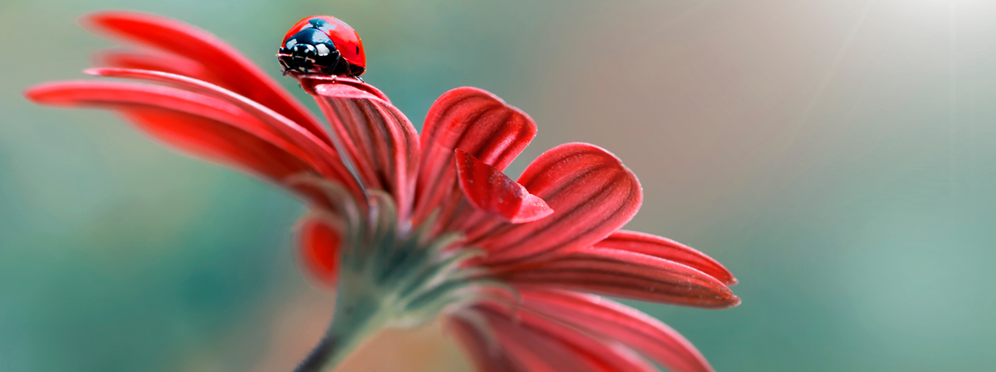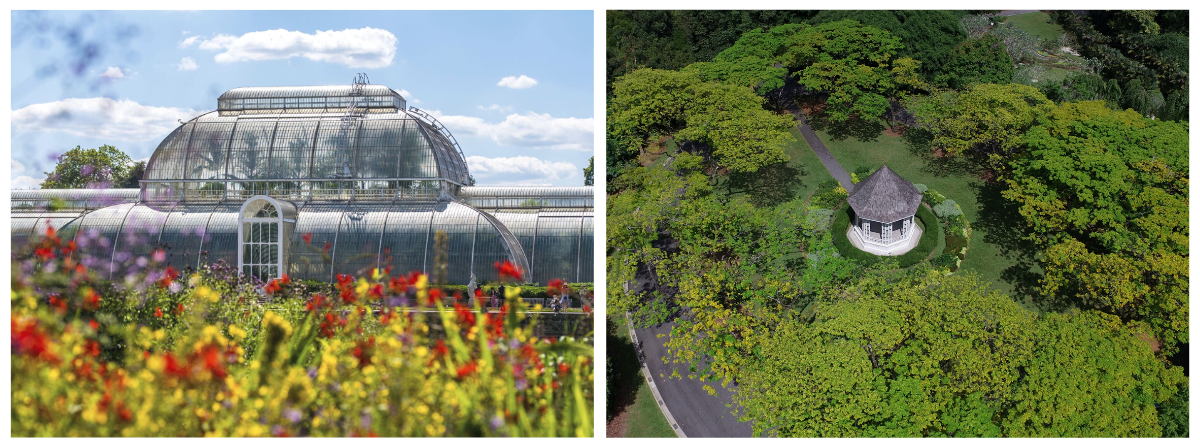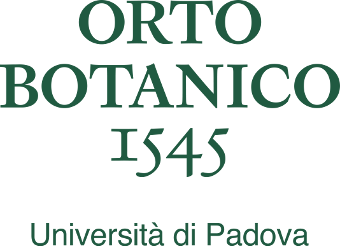Between Biodiversity and Cultural Heritage
The role of Botanical Gardens in safeguarding biodiversity and valorising cultural heritage

Starting from Monday, 19 February the Botanical Garden will host the delegations from the Royal Botanic Gardens, Kew (London) and the Singapore Botanic Gardens - the only botanical gardens, alongside Padua, to be included in the UNESCO World Heritage List.
On Tuesday, 20 February a public meeting will take place, with an opening speech by Adele Cesi, Head of National Focal Point for UNESCO cultural sites, Ministry of Culture. The focus will be on understanding what Exceptional Universal Value means, to become more aware that being a World Heritage Site is an actual and daily commitment.
Alexandre Antonelli, Director of Science of the Royal Botanic Gardens, Kew, Gillian Khew Su-Wen, Centre Director (Genomics and Micropropagation) of the Singapore Botanic Gardens, and Tomas Morosinotto, Prefect of the University of Padua Botanical Garden, will then explain why these botanical gardens were declared UNESCO World Heritage Sites and what scientific projects and activities they are carrying out, in terms of promotion and management as well.
But what does protecting cultural heritage and biodiversity entail? How important is botanical heritage in economic, cultural, and social terms? Rosario Schicchi, director of the University of Palermo Botanical Garden, Renato Bruni, director of the University of Parma Botanical Garden, and Lorenzo Cecchi, curator of the botany collections at the University of Florence Museum of Natural History, will join the roundtable discussion " Safeguarding biodiversity. A challenge for the future”, moderated by Elena Canadelli, Head of Botanical Museum, University of Padua.
The event is free, with advance booking required. It also includes an exhibition of projects presented by researchers from the University of Padua Botanical Garden.
---
Singapore Botanic Gardens - founded in 1859, it has been recognised as a UNESCO World Heritage Site since 2015. In its 165-year history, the Gardens has seen its role grow from its initial development as a local pleasure garden, to an important colonial botanical establishment of the British empire focused on economic crops, to the premier tropical botanical institute grounded in botanical science and conservation that it is today. The Gardens has also played a key role in the Singapore’s journey since becoming an independent nation, helping to establish the country first as a Garden City, and leading the way in its transformation to a City in Nature. With each step of the way, the Gardens has had to evolve and grow, all while maintaining its core values, functions and heritage. Since its inscription as a UNESCO World Heritage site, the Gardens has expanded its programming, added more than 18ha of land (increasing the area by 30%) and developed many new collections and facilities for research, conservation and public outreach (e.g. Seed Bank, Ethnobotany Garden and Museum, Tyersall Learning Forest, Gallop Extension, Botanical Art Gallery).
Royal Botanic Gardens, Kew - a world-leading scientific institution, focused on ending the extinction crisis and protecting the global diversity of plants and fungi for the benefit of all life on Earth. About 500 science staff at Kew work with partners in more than 100 countries worldwide to halt biodiversity loss, uncover secrets of the natural world, and find nature-based solutions to the biggest challenges we face today. Kew Gardens in West London is Kew’s famous botanic garden and a major international tourist attraction that welcomes over 2.5 million people annually. Wakehurst, Kew’s wild botanic garden in rural Sussex is Kew’s living laboratory and home to the Millennium Seed Bank, and since 1986 Kew has maintained a permanent research based in Madagascar, the Kew Madagascar Conservation Centre (KMCC). RBG Kew receives approximately one third of its funding from the UK Government through the Department for the Environment, Food and Rural Affairs (Defra) and research councils. Further funding needed to support Kew’s vital work comes from donors, membership and commercial activity including ticket sales.

A sinistra, Royal Botanic Gardens, Kew (Foto di Ines Stuart-Davidson); a destra, Singapore Botanic Gardens






